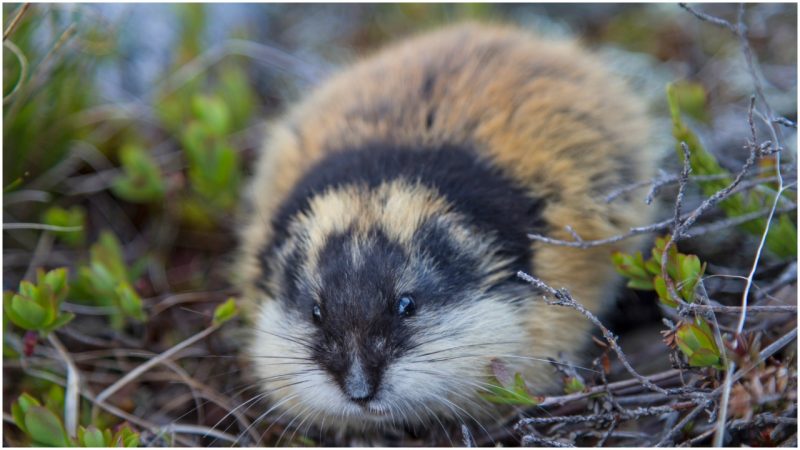.Walt Disney’s version of the natural world isn’t all cute critters and birds with bad tempers. Back in the 1950s, Uncle Walt had loftier ambitions for the animal kingdom. Unfortunately, his concept led to a travesty which would shock fans of the House of Mouse many years later.
When Bambi (1942) was in production, Disney was struck by the real-life creatures that were brought in as visual aids for animators. Realizing Mother Nature was a born scene-stealer, he set to work on an Alaska-based project. Eventually released as Seal Island in 1948, it won the Oscar for Documentary Short Subject.
This led to a series of acclaimed films called True Life Adventures, which lasted just over a decade. These shorts took the established format of the nature documentary and looked at it with fresh eyes.
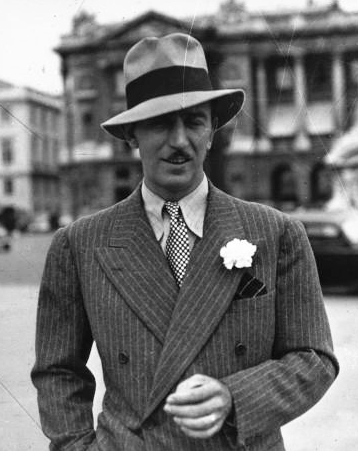
The Oh My Disney website says the movies “were far from the arid, dusty educational films of old. They were exciting, dynamic, hilarious, and beautifully photographed. One of Walt’s greatest gifts was being able to identify what part of an elaborate narrative would make the best through-line, and so he and his talented team were able to comb through hours of footage and make something simple enough to easily follow, yet stirring enough to be inspirational and profound.”
The aim of True Life Adventures was to entertain families and schoolchildren, whilst teaching them something along the way. 1958’s White Wilderness did just that, although it wasn’t strictly truthful with some of its content. It promoted a widely-held and totally false view about the humble lemming. And that’s not the worst of it.
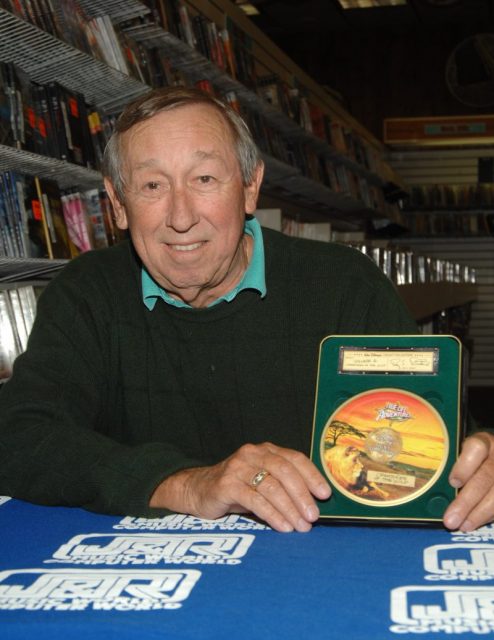
Audiences would have thrilled to the sight of suicidal lemmings rushing across the Arctic tundra to the edge of a cliff and, in time-honored tradition, plunging to a watery fate. Dramatic narration from Winston Hibler guided viewers through the eye-opening events:
“A kind of compulsion seizes each tiny rodent and, carried along by an unreasoning hysteria, each falls into step for a march that will take them to a strange destiny… They’ve become victims of an obsession — a one-track thought: Move on! Move on!… This is the last chance to turn back… Yet over they go, casting themselves out bodily into space.”
There were a few problems with the lemming sequence. For starters, that was no tundra they were scurrying on. In fact, it was a turntable covered in the white stuff. The cameraman was in Alberta, Canada, not the Arctic. Alberta isn’t exactly on the map for its lemming population.
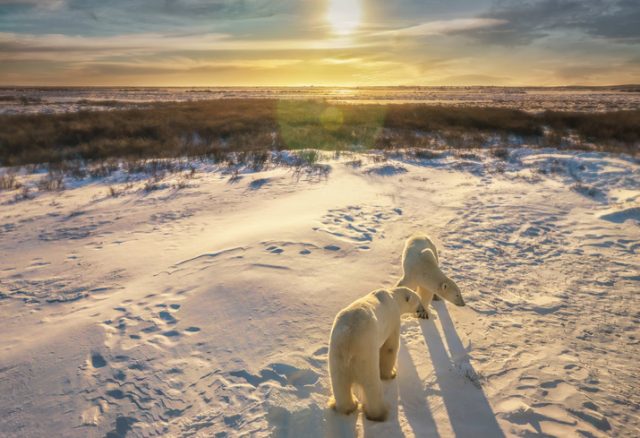
They weren’t even the right type of lemming. White Wilderness recast the Norwegian lemmings on whose habits the segment was based. Presumably, any old lemmings would do, so brown lemmings were purchased at the rate of a dollar a rodent from children in Manitoba.
One aspect of the scene was authentic… the spectacle of lemmings plunging kamikaze-style into the water. It was the real deal with one important detail — lemmings don’t commit suicide.
This is where the story takes a truly dark turn. Perhaps they had the best of intentions, but the sad fact is Disney’s team forced the lemmings over the edge.
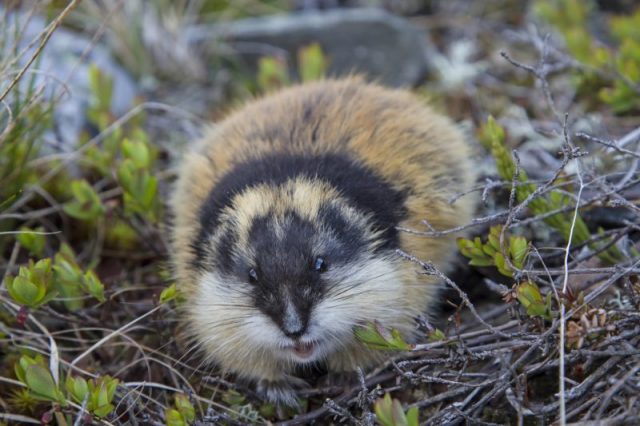
An investigation by the Canadian Broadcasting Corporation in 1983 exposed the murder behind the magic, and no-one saw that footage in the same light again. The film claims that the lemmings appear to survive. However, the crew would have had no way of knowing the outcome.
Where had Disney gotten the idea that lemmings took their own lives? The answer lies in the erratic behavior of the lemming population, which can suddenly mushroom to enormous levels before dispersing for the survival of the species.
10 Shocking Facts About Disney
On the BBC Earth website from 2014, it’s observed that “With too many hungry lemmings about, the vegetation quickly gets overgrazed and the animals are forced to seek pastures new. It is in these circumstances, as they move from higher to lower ground, that they can occasionally tumble down a slope.”
As they move in high numbers, it can resemble an unruly mob on a self-destructive mission. Another strange myth about lemmings is that they get so angry they explode.

The Alaska Fish & Wildlife News spoke to state wildlife biologist Thomas McDonough in 2003. His insight was that “When they’ve exhausted the local food supply, they disperse, as do moose, beaver, and many other animals. Lemmings can swim and will cross bodies of water in their quest for greener pastures. Sometimes they drown. Dispersal and accidental death is a far cry from the instinctive, deliberate mass suicide depicted in White Wilderness.”
Despite this horrendous act, Disney’s True-Life Adventures were on the whole highly regarded. Their legacy lives on in the Disneynature films, which have been in production since 2008. This was an age where casual cruelty to animals was seen as par for the course.
“It’s not given to Man to understand all of nature’s mysteries,” Winston Hibler remarks, as the lemmings scatter across the so-called tundra. It seems in the effort to show people the true face of the natural world, Disney fell for an urban legend, and in the process made things a little too real for comfort.
Steve Palace is a writer, journalist and comedian from the UK. Sites he contributes to include The Vintage News, Art Knews Magazine and The Hollywood News. His short fiction has been published as part of the Iris Wildthyme range from Obverse Books.
